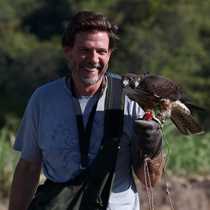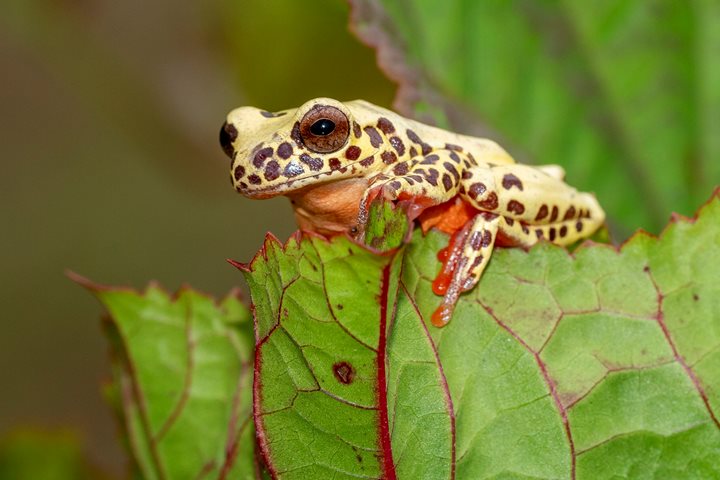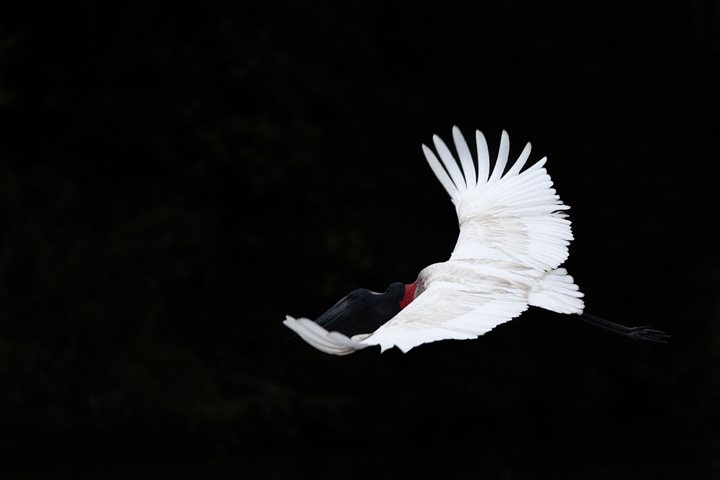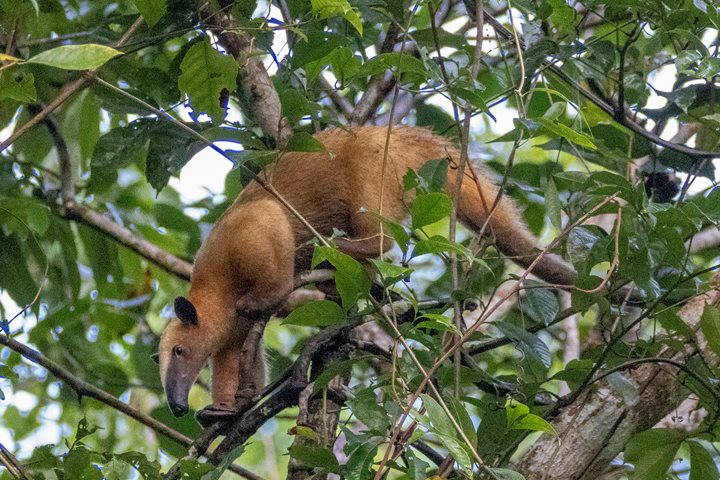One of the things that keep the Amazon constantly interesting is the fact that it is such a dynamic environment. The water level, color, current and amount of debris that it takes along with it change constantly. Today we were fortunate to go into a place that is usually inaccessible for visitors, due to the large amount of logs that plug the entrance to a magnificent place. Carocurahuayte Lagoon is a remote and beautiful body of still water, which was where the Ucayali River used to run. Here we observed wildlife, and also the life of some of the villagers who live along the river.
It was very interesting to see the different fishing techniques used for different rivers and aiming for different species. One of the most beautiful to watch was the throw net, or “atarraya,” as it is called in Spanish. We positioned the skiff on the right angle to try to capture the backlight net, while the skilled fisherman threw it in the air.
Other fishing techniques that we saw today were spearfishing and gillnetting. With the three pronged spears, made out of reeds, fishermen hunted for black piranhas with amazing precision. The gillnets mostly caught a variety of smaller fish of many kinds and the common catfish species, which are widely consumed throughout this part of Amazonia.
We have seen the sediment rich waters from the Marañón and Ucayali Rivers, the tannin saturated black waters of the Pacaya and Belluda Caños, and today we saw a different kind. At the Carocurahuayte Lagoon, where we tied up our boats to enjoy our breakfast, there were more clear green waters, which indicate a different type of ecosystem with less sediments and tannins. There were many yellow headed caracaras flying around and squirrel monkeys shaking the branches while we enjoyed a very pleasant day in Amazonia.







